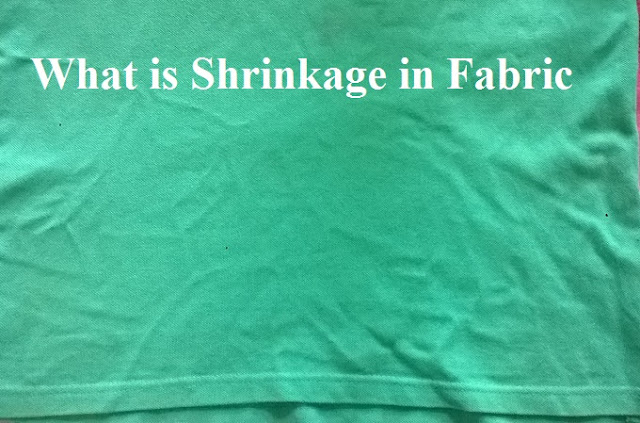10 Tips for Choosing the fabric shrinkage tester
Fabric shrinkage is a common phenomenon that occurs when fabrics are washed,
dried, or exposed to high temperatures. Fabric shrinkage can affect the
appearance, fit, and quality of garments and other textile products. Therefore,
it is important to measure the shrinkage rate of fabrics before and after
washing or processing.

A fabric shrinkage tester is a device that can simulate different washing and drying conditions and measure the dimensional changes of fabrics accurately and conveniently. There are various types of fabric shrinkage testers available in the market, such as automatic shrinkage washers, AATCC standard washers, shrinkage template scales, etc. How to choose the right fabric shrinkage tester for your needs? Here are 10 tips to help you:
1. Consider the standards and methods you need to follow. Different standards and methods may have different requirements for the washing and drying conditions, the number and size of specimens, the measurement methods, etc. For example, BS 4323 specifies a domestic washing machine and a tumble dryer for testing fabric shrinkage, while AATCC 135 specifies a standard washer and a standard dryer with controlled settings. You should choose a fabric shrinkage tester that can meet the standards and methods you need to follow.
2. Consider the types and properties of fabrics you need to test. Different types and properties of fabrics may have different shrinkage behaviors and characteristics. For example, cotton fabrics tend to shrink more than synthetic fabrics, and knitted fabrics tend to shrink more than woven fabrics. You should choose a fabric shrinkage tester that can handle the types and properties of fabrics you need to test.
3. Consider the accuracy and reliability of the fabric shrinkage tester. The accuracy and reliability of the fabric shrinkage tester depend on factors such as the design, quality, performance, calibration, maintenance, etc. of the device. You should choose a fabric shrinkage tester that has high accuracy and reliability, and that can provide consistent and repeatable results.
4. Consider the ease of use and operation of the fabric shrinkage tester. The ease of use and operation of the fabric shrinkage tester depend on factors such as the user interface, control panel, display screen, software, instructions, etc. of the device. You should choose a fabric shrinkage tester that is easy to use and operate, and that can provide clear and intuitive feedback.
5. Consider the safety and durability of the fabric shrinkage tester. The safety and durability of the fabric shrinkage tester depend on factors such as the materials, components, structure, protection, warranty, etc. of the device. You should choose a fabric shrinkage tester that is safe and durable, and that can withstand normal wear and tear.
6. Consider the speed and efficiency of the fabric shrinkage tester. The speed and efficiency of the fabric shrinkage tester depend on factors such as the capacity, cycle time, automation level, etc. of the device. You should choose a fabric shrinkage tester that can perform fast and efficient testing, and that can save time and resources.
7. Consider the cost and budget of the fabric shrinkage tester. The cost and budget of the fabric shrinkage tester depend on factors such as the brand, model, features, functions, quality, service, etc. of the device. You should choose a fabric shrinkage tester that can meet your needs and expectations within your budget.
8. Consider the availability and accessibility of the fabric shrinkage tester. The availability and accessibility of the fabric shrinkage tester depend on factors such as the supply chain, delivery time, installation service, technical support, after-sales service, etc. of the device. You should choose a fabric shrinkage tester that is available and accessible for your convenience.
9. Consider the reputation and reviews of the fabric shrinkage tester. The reputation and reviews of the fabric shrinkage tester depend on factors such as the customer feedback, ratings, testimonials, referrals, etc. of the device. You should choose a fabric shrinkage tester that has good reputation and reviews from other users.
10. Consider your own preferences and needs for choosing a fabric shrinkage tester. Ultimately, you should choose a fabric shrinkage tester that suits your own preferences and needs best. You may have some specific requirements or expectations for choosing a fabric shrinkage tester that are not covered by these tips. You should weigh all these factors carefully before making your final decision.

